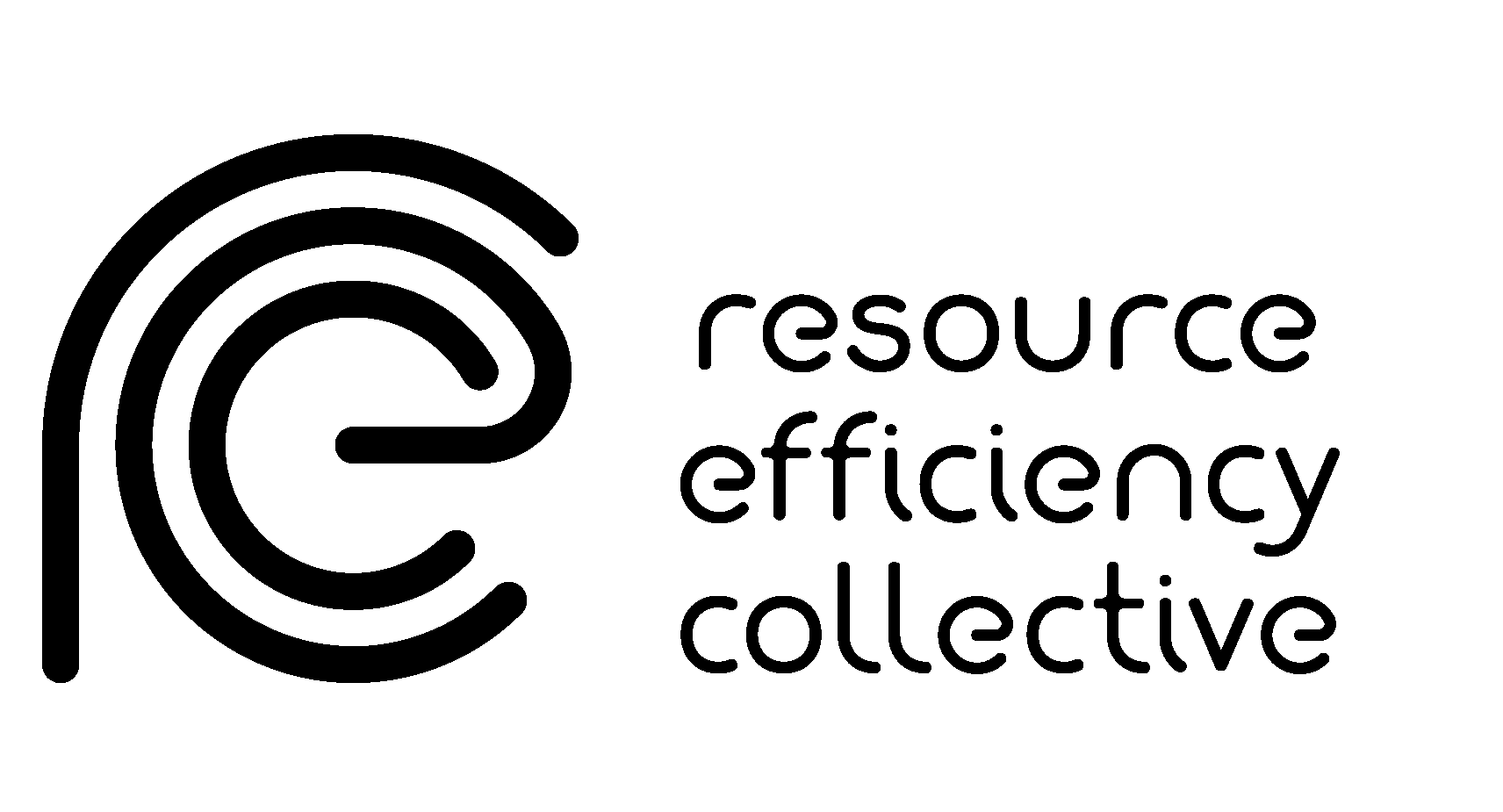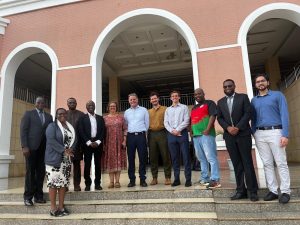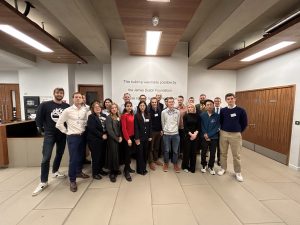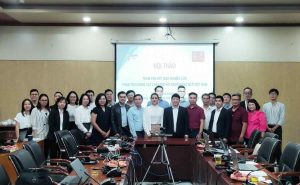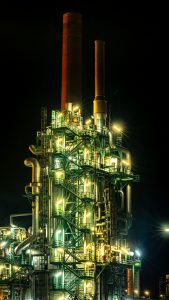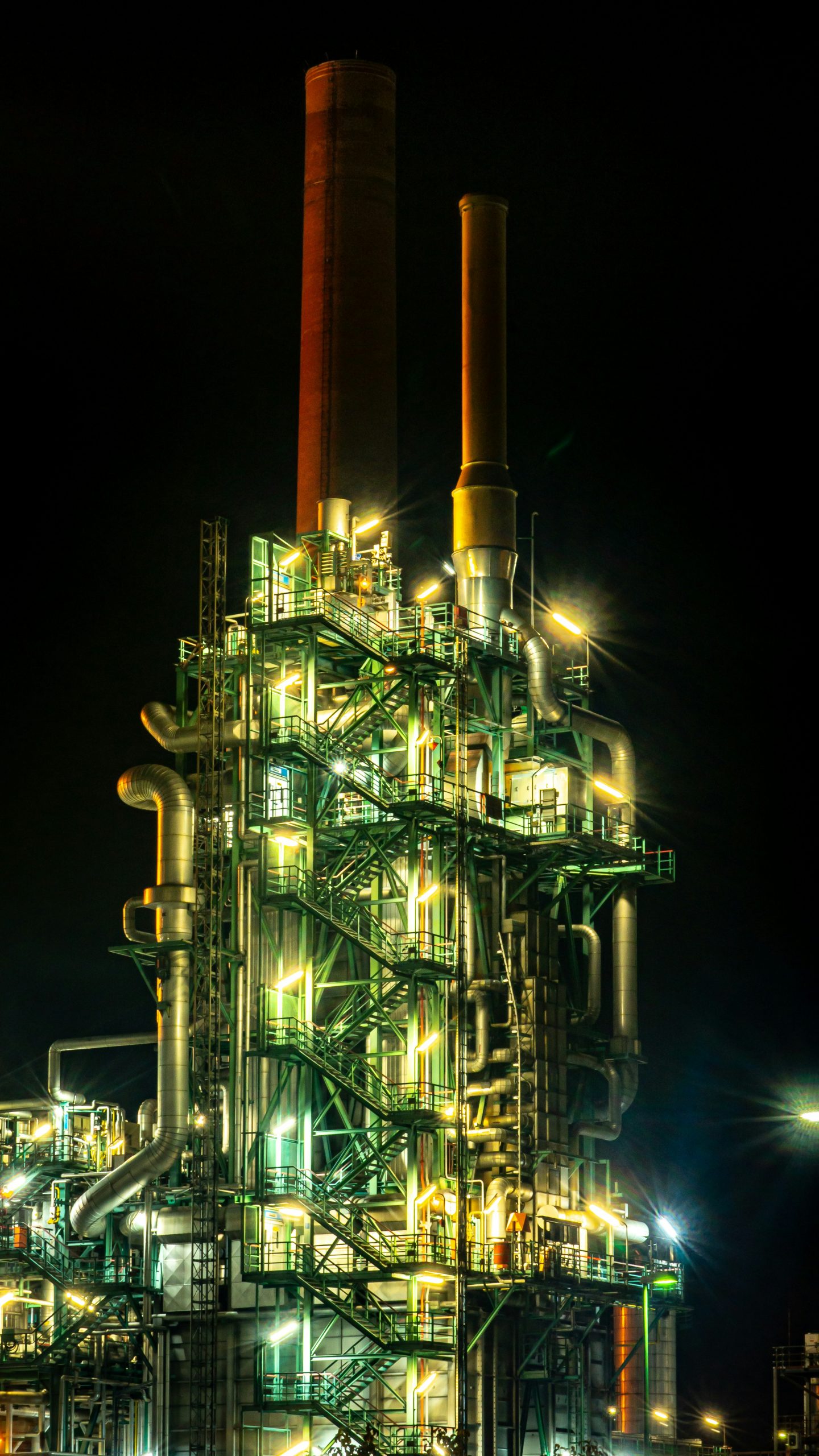Energy and material efficiency strategies enabled by metal additive manufacturing – A review for the aeronautic and aerospace sectors
The metal industry, including mining and manufacturing, is responsible for 12% global carbon dioxide (CO2) emissions. Furthermore, aviation accounts for 9% of CO2 emissions of all transport means, and the number of commercial flights increased steadily from 2009 to 2019 resulting in 918 million tons of CO2 emissions in 2019.
Conventional manufacturing of aeronautic and aerospace parts requires a substantial amount of resources (energy and materials) which generates high quantities of waste and carbon dioxide emissions. Metal Additive Manufacturing (MAM) has the potential to reduce resource consumption, which is particularly important for energy-intensive materials such as titanium.
MAM especially attracted the attention of high demanding sectors, including the aeronautic and aerospace sectors. Reducing the material Buy-to-Fly (BtF) ratio of parts, which is the mass of raw material required per mass of final part, is highly desirable in these sectors to promote lower material acquisition costs, embodied energy, and operational fuel consumption. Key players such as Boeing and NASA have been investing in MAM, already producing a number of MAM airplane and satellite parts [1].
To achieve carbon neutral targets and promote sustainable manufacturing it is imperative to study the resource efficiency (material and energy) while reducing the environmental impact of MAM processes and products.
This study undertakes a systematic literature review of MAM processes for the aerospace/aeronautic sector focusing on energy and material efficiency. Relevant literature was classified and discussed based on the life cycle stages at which resource efficiency strategies for MAM were identified: (1) product design; (2) material development and sourcing; (3) processes development, control, and optimization; (4) end-of-life extension and circular economy.
Read the publication in full by Helena Monteiro, Gabriel, Inês Lei, Mélanie Despeisse here
1. Gisario A., Kazarian M., Martina F., Mehrpouya M.Metal additive manufacturing in the commercial aviation industry: A reviewJ Manuf Syst, 53 (2019), pp. 124-149, 10.1016/j.jmsy.2019.08.005
Photo credit: Nick Morales
